
Blog
The Cool Street Effect: How Trees Make Neighbourhoods More Liveable
13 October 2025
Picture a summer’s day in a new-build housing estate. The sun is blazing, pavements are radiating heat, and there’s not a patch of shade in sight. Now picture the same street lined with mature trees. Dappled light filters through the leaves. The air feels cooler. It’s still hot - but it’s comfortable.
That’s the cool street effect. And it’s something we’re going to need more of.
Picture a summer’s day in a new-build housing estate. The sun is blazing, pavements are radiating heat, and there’s not a patch of shade in sight. Now picture the same street lined with mature trees. Dappled light filters through the leaves. The air feels cooler. It’s still hot - but it’s comfortable. That’s the cool street effect. And it’s something we’re going to need more of. As our climate gets warmer and wetter, the way we design and build our neighbourhoods is changing. And trees are playing a bigger role than ever. It’s not just about looksTrees have always been part of the vision for "nice places to live". But their benefits go far beyond softening hard landscapes. Here’s what the research (and our recent survey of house buyers) tells us: Shade and cooling: Trees can lower surrounding air temperatures by several degrees - especially in dense developments with lots of hard surfaces. Managing rainfall: Tree roots soak up water, while their canopies intercept rainfall, reducing surface runoff and helping to prevent local flooding. Cleaner air: Leaves filter pollutants and trap particulates, improving air quality around homes and schools. Health and wellbeing: People are more likely to walk, cycle, and spend time outside on green, tree-lined streets. Biodiversity: Trees support birds, insects and other wildlife, helping new neighbourhoods feel more alive from the start. No wonder buyers increasingly say they value established trees as part of what makes a home feel more liveable. 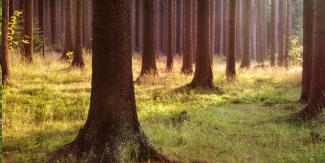
But not all trees survive constructionSadly, it’s common for mature trees to be lost, or left damaged, during development. Even when developers want to keep them, the way we build roads, driveways and services can place huge pressure on tree roots. Compacted soil, poor drainage, or even just the wrong type of surfacing can stop roots breathing or absorbing water. And once the roots are gone, the tree can’t recover. 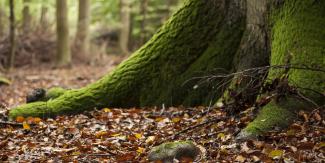
Protecting trees from the ground upThat’s where root protection systems come in. At Geoworks, we help developers and designers integrate trees into their infrastructure in a way that works, for both the landscape and the people living in it. We do this using products like: ProtectaWeb®: A cellular confinement system that spreads the load from traffic or surfacing, so roots aren’t crushed or deprived of oxygen. Nonwoven geotextiles: These help stabilise soils, control water movement, and maintain separation between the tree’s root zone and the built environment above. They can also help retain oil and other hydrocarbons from vehicles, reducing the risk of contaminants reaching sensitive root zones. Together, these tools make it possible to build roads, footpaths and driveways around trees, not over them. Future-ready homes need future-ready landscapesAs housing continues to grow, the pressure on green space will only increase. But with the right approach, it’s possible to build developments that are cool, shaded, flood-resilient and genuinely more liveable. That means giving trees the space - and the support - they need to survive construction and thrive for decades to come. Because a tree isn’t just a nice-to-have. It’s a quiet worker, a natural air-con unit, a flood manager, a wildlife haven and a neighbourhood anchor - all rolled into one. And that’s the cool street effect in action. We’re here to help create places where people and trees can thrive together - from day one. Related content
The Root Cause: Download the survey results Discover what over 2,000 UK homebuyers really think about trees and greenery near their homes. 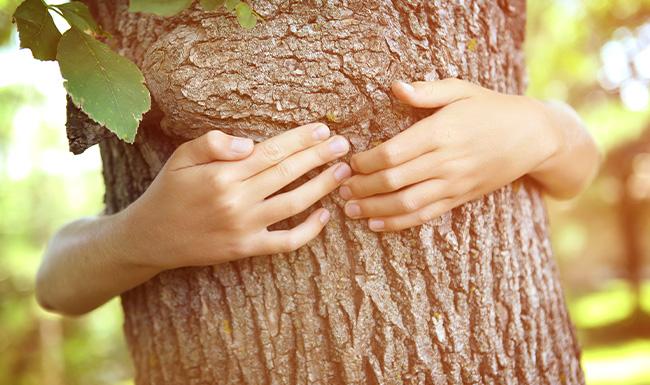
The Root Cause There are so many ways that trees play a vital role in our lives - from boosting our health and wellbeing to reducing noise pollution and cleaning our air. 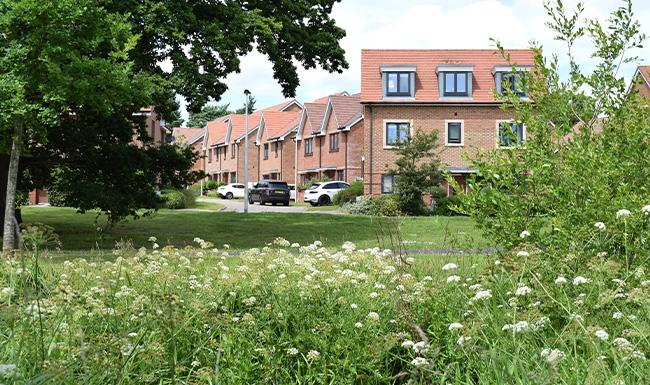
Tree root protection Avoid a concrete jungle by including flexible rooting volume and growing trees in your urban developments. 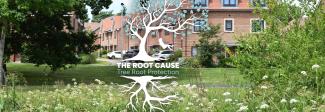
The Root CauseThrough The Root Cause, we want to start a conversation across the industry about the hidden but critical role of tree root protection. By highlighting buyer expectations alongside practical solutions, our aim is to support new build developers in creating schemes that deliver for both people and the planet. ProtectaWeb is just one part of this, but it is a vital tool for ensuring that the trees which give character, beauty and biodiversity to our communities are safeguarded for generations to come. |









